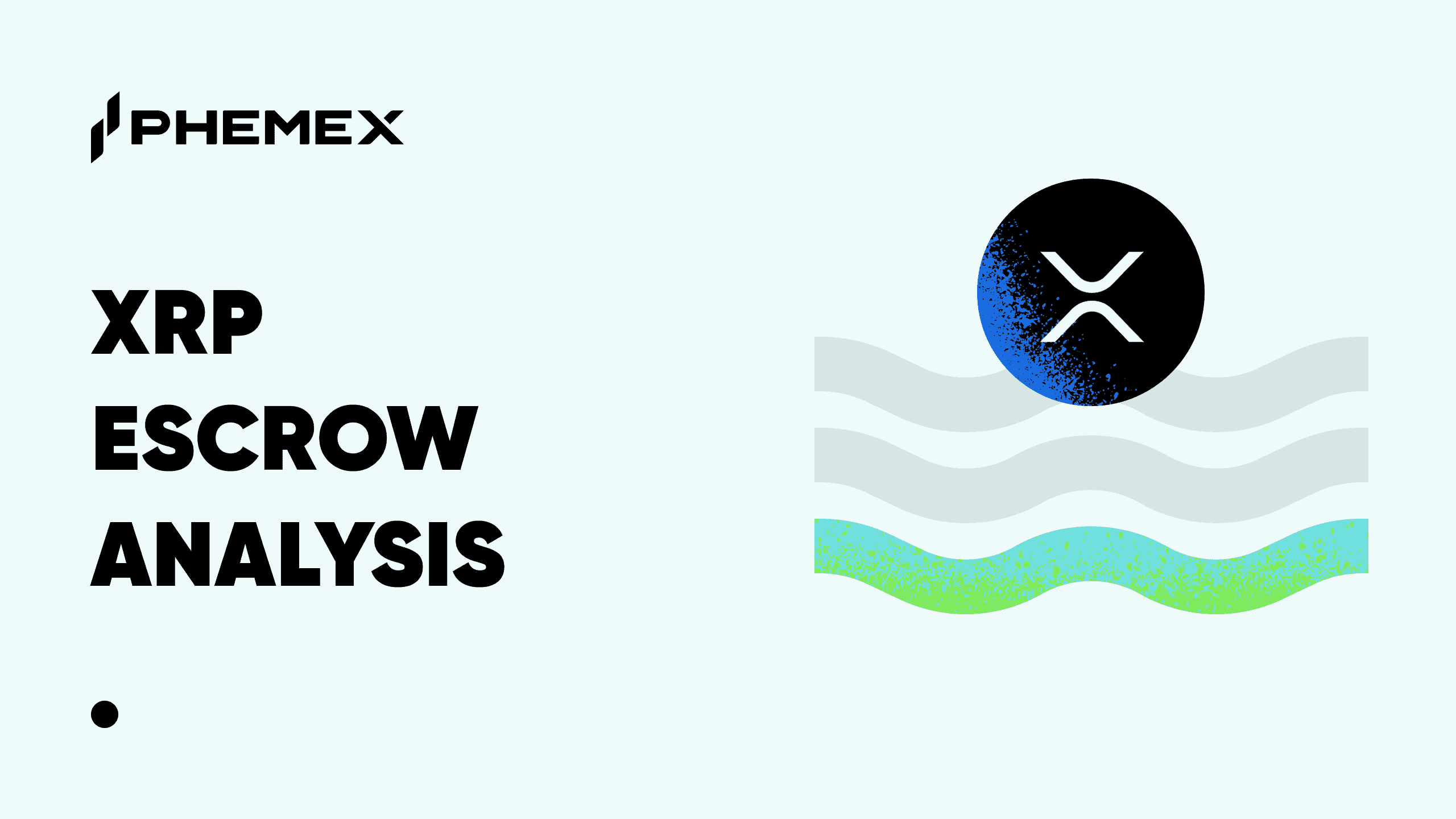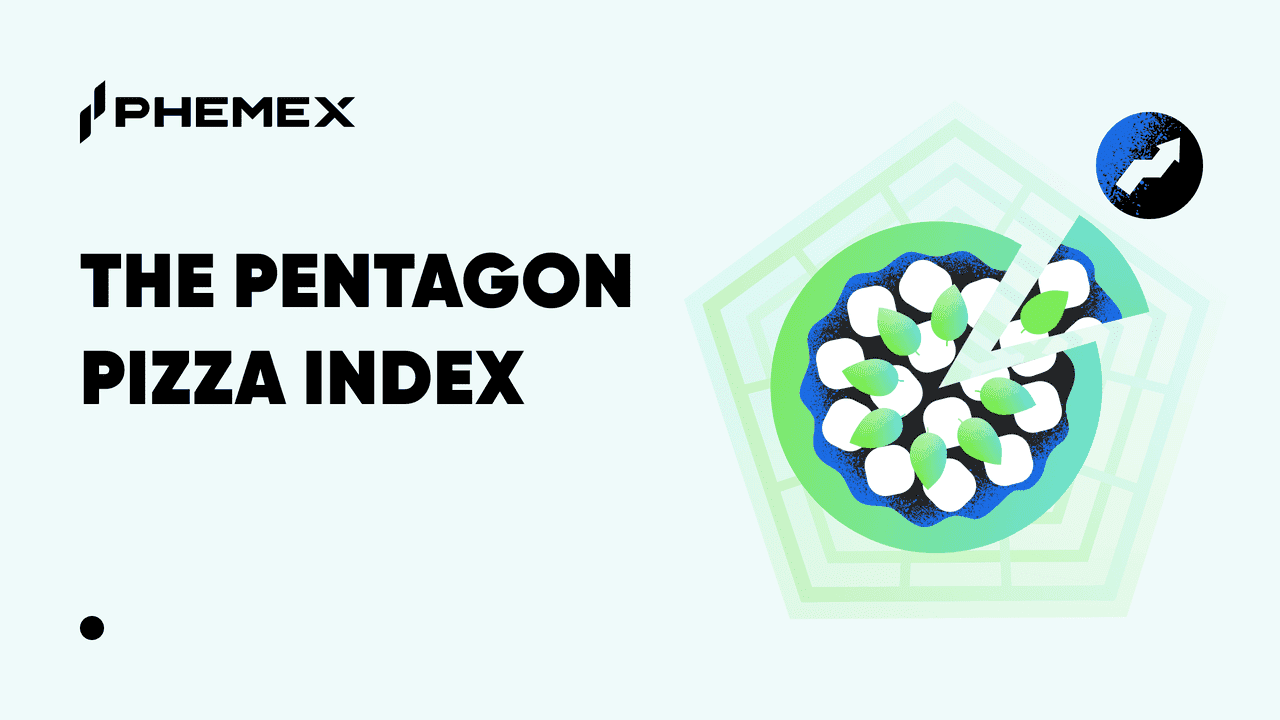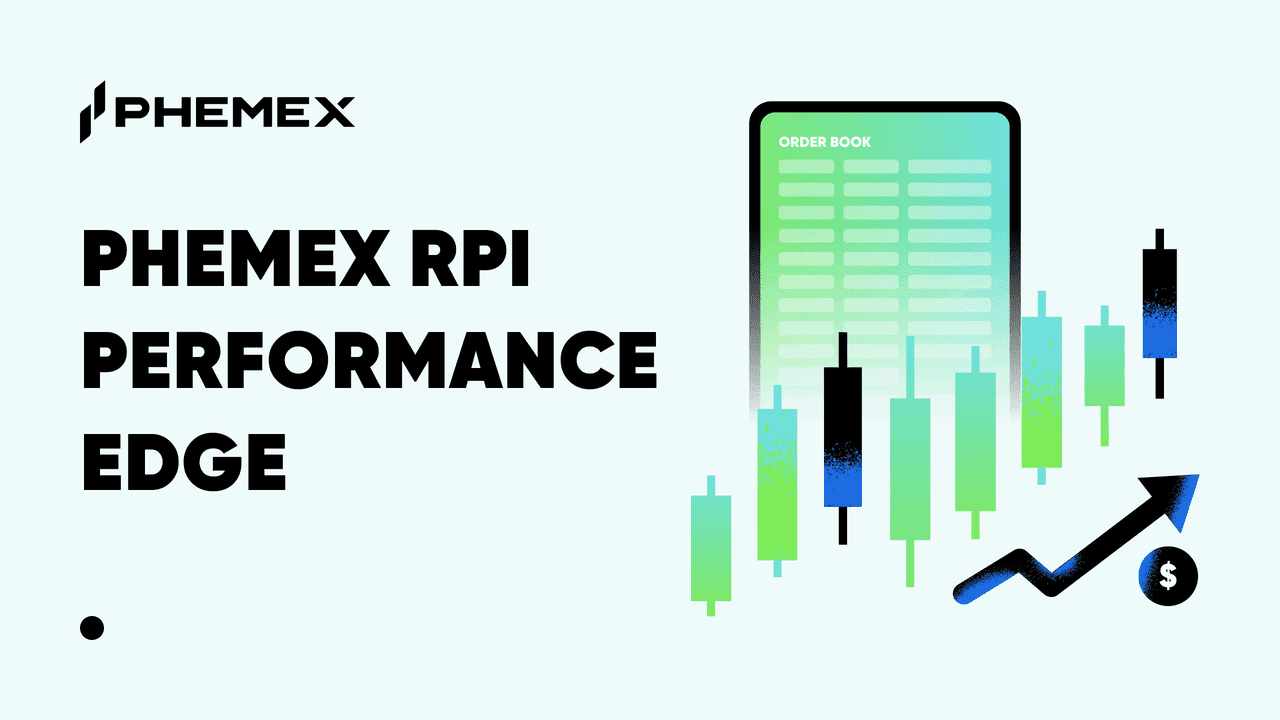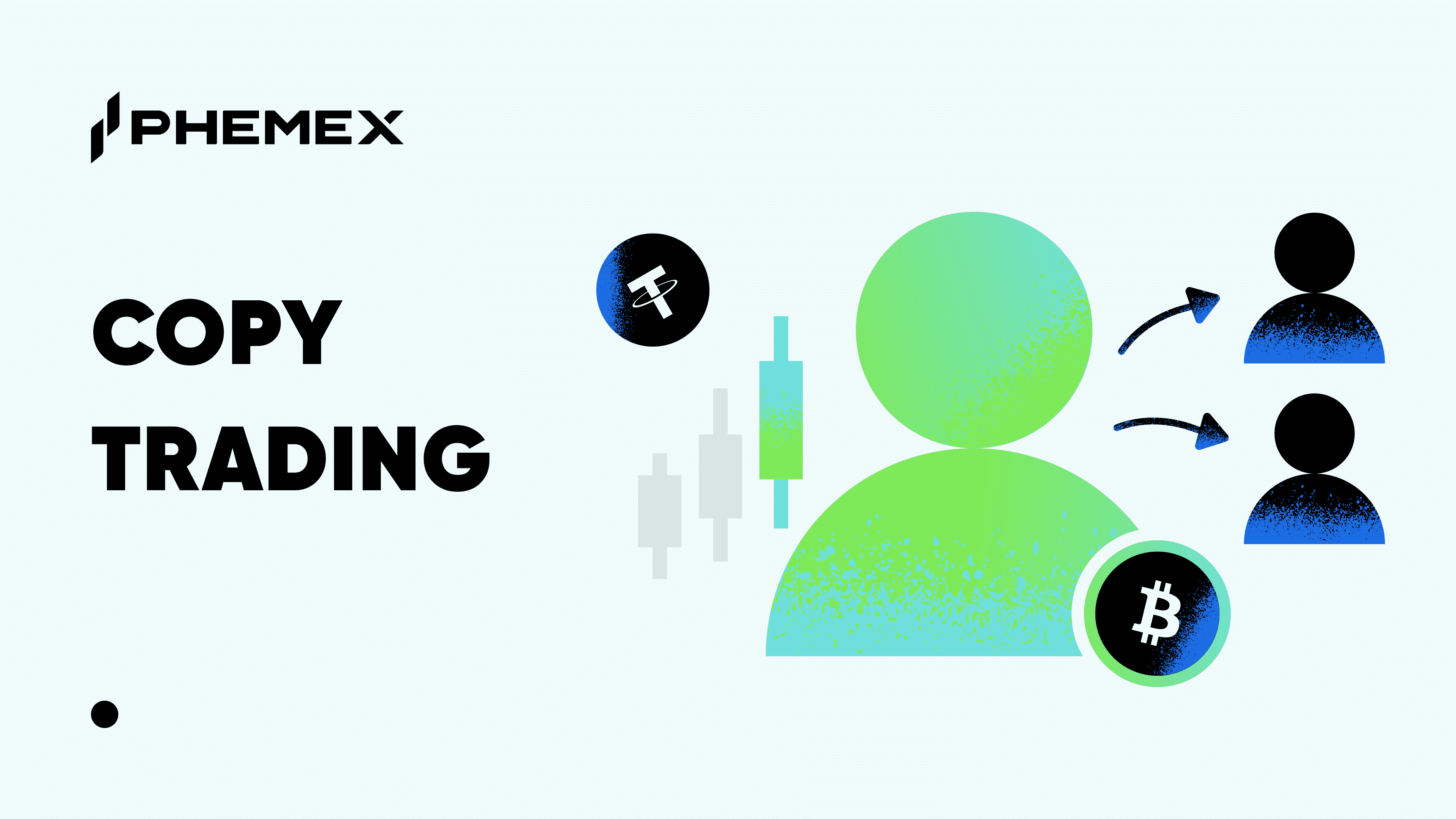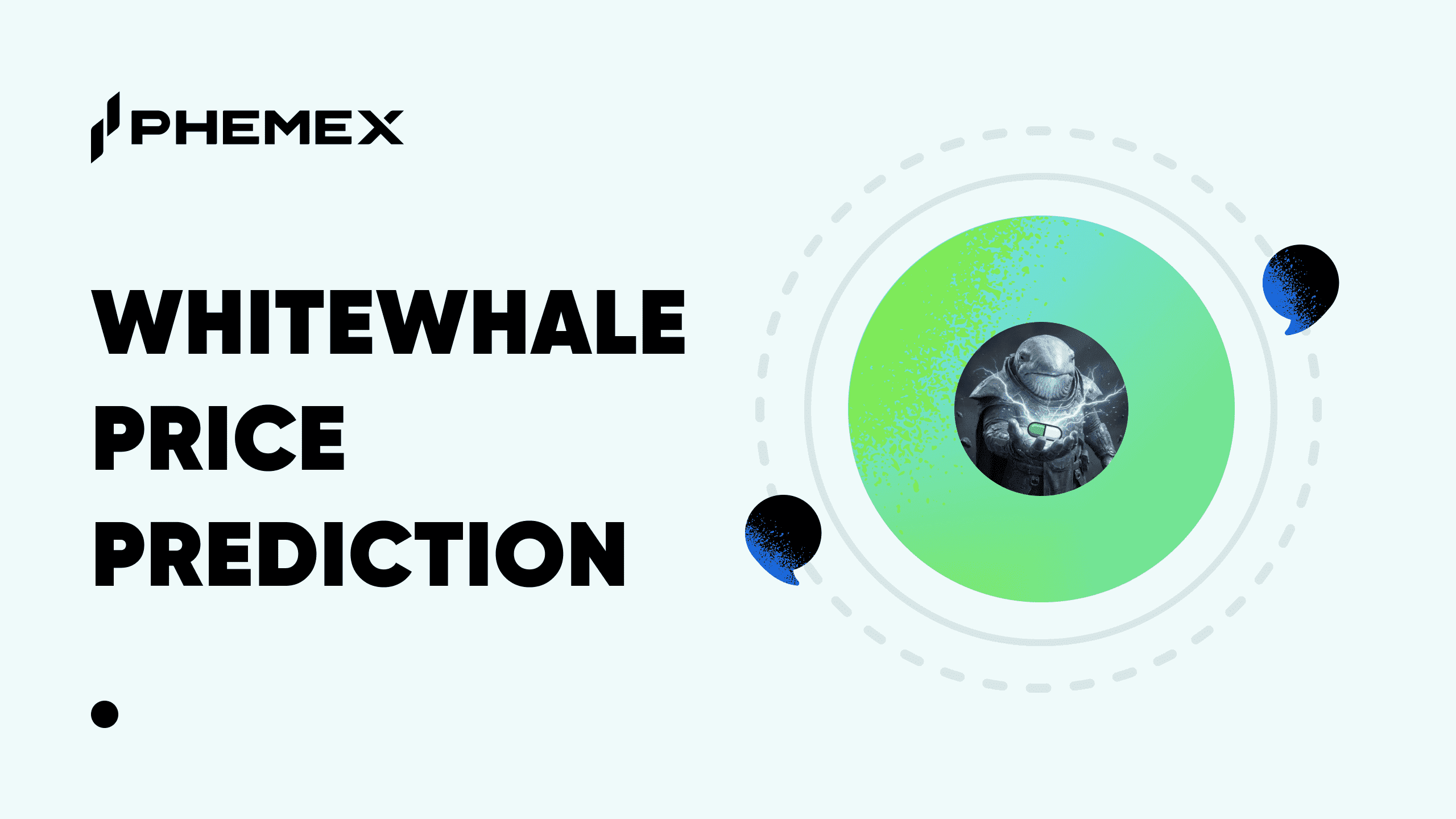Trading should be objective and detached from emotion. A cool calculating head will look at the numbers and circumstances, and decide based on facts. However, being emotional beings, humans are unable to completely detach their emotions. This is why technology is becoming increasingly important in trading; after all, a robot has no emotion to get tangled up in a trade.

What Is Algorithmic Trading?
Algorithmic trading requires a trader to input a set of rules into an investing program. These rules will be decided based on the individual’s own experience, knowledge, or analysis of the market, and will dictate how a trade is carried out. The pre-set rules create an algorithm that will search for the inputted indicators and carry out trades when certain conditions are met.
An example of a trading algorithm could be as follows:
- Buy 3 BTC if the price falls below $50,000. For every 5% increase beyond $50,000, buy 1 BTC. For every 5% decrease in price below $50,000 USD, sell 1 BTC.
As can be seen by the example above, these algorithms can be very simple. One very common algorithm used in trading, which is also quite simple, is a “moving average trading algorithm.” This type of algorithm is one of the simplest to implement and is very commonly used. It works by buying up assets if the value falls below the average value during a certain period, and selling them if the value goes above the average value for the same period. For example, in the graph below, the algorithm would consider the moving value of an asset over a 20-day period. The green arrow indicates where the algorithm would have bought shares, according to the pre-set rules given to it by the investor, while the red indicates where it would sell.

A 20-day moving average and the algorithm’s buy and sell points, as dictated by the algorithm’s pre-set rules. (Source: corporatefinanceinstitute.com)
What Is Artificial Intelligence (AI) Trading?
Artificial intelligence (AI) trading, or automated trading, uses smart technology to analyze the market data, make predictions, and carry out trades. Where a human may need minutes, or even longer depending on experience, AI can carry out the following functions independently and in seconds:
- Analyze multiple data points to identify trading patterns in milliseconds.
- Predict trades based on emotions, which is analyzed through news sources, communication platforms, and other sources.
- Increases trading speed for human traders, or even allows for automated trading with no need for human intervention.

This automated trading helps traders improve their buying and selling by allowing them to become faster and more efficient. Where a human needs time to research, analyze, and make predictions, AI can simultaneously scan multiple platforms and deliver its findings and predictions, as well as independently make trades if programmed to do so. AI can collect data by itself, analyze it, and discover patterns. For example, to determine when to initiate and close a trade, AI trading will automatically carry out quantitative modelling on the market and track various indicators, including price fluctuations. Additionally, it will monitor portfolio risks and take advantage of algorithmic trading to maximize profit and minimize loss.
What is High Frequency Trading?
AI trading’s speed has also led the way to a subtype of automated trading known as high frequency trading (HFT). This type of trading aims to make multiple trades within very short periods of time — from milliseconds to hours. It is high-intensity and fast-paced, and in a volatile cryptocurrency market, this type of trading would be near-impossible and certainly exceedingly risky without the help of AI. Due to its multiple quick trades, some HFT strategies will keep risk low by operating as a type of market maker, providing liquidity and taking advantage of any price discrepancies. Other HFT strategies, meanwhile, will use time series analyses and AI to predict trends and to buy and sell for maximum profit.
Algorithmic Trading vs. AI Trading: What Is the Difference?
Many may feel that using algorithms, which is essentially a computer following rules that have been inbuilt into a software, forms part of Artificial Intelligence (AI); however, this is not typically included in the definition of “AI trading.” An algorithm is composed of a set of rules that are built using code, but that set of rules is defined by the trader. The trader may well have used AI to gather the rules, or based them on data and analysis, but they may also have built those rules according to their gut feeling.
AI trading, on the other hand, uses machine learning to continuously scan and analyze the market, evolving based on the data and knowledge it has access to. Once AI begins to work, it will analyze all the information, look at other similar cases and patterns, and make its own predictions based on that information. Depending on the AI used and how it has been set up, it can also go on to take actions independently of the human. AI trading typically uses its learned knowledge in combination with more deterministic algorithms to carry out trades automatically.
Why Do We Need AI and Algorithms in Trading?
If you have ever seen the famed movie “Wolf of Wall Street,” then you will understand that trading is an exceedingly fast-paced sector that requires a trader to always be two-steps ahead of their competitor. That film, however, is based on trading in a much less volatile and a much slower paced market than today’s crypto market. Not only is cryptocurrency exceedingly volatile, meaning continuous changes and price fluctuations, but it is also a 24-hour market, and one that is continuously expanding, with new cryptos added every day. In such a fast-paced market, with so much data to sift through, using technology is the best way, and perhaps the only way, to get ahead.
As well as analyzing data, algorithmic and AI trading offer the following benefits:
- Removing emotion: Since trades are set to go ahead, either based on an algorithm’s pre-set rules or AI’s analysis, traders are unable to hesitate and lose the best moment, or get carried away and overtrade.
- Backtesting: By AI providing information and analyzing the data, a trader can use historical data to quickly compare how viable a trade is based on how it would have done then. This gives the trader a better understanding of the risks and possible profit involved. With AI, the analysis could be carried out for the trader and the trade carried out or not carried out, based on the risk. This benefit is not applicable to algorithmic trading.
- Preserving discipline: In a volatile market, human traders may get stressed or lose their nerve after losing a few trades. By having software programmed to follow a set of rules, and therefore follow the trading plan, trades will start and stop when programmed too. This means not trying to squeeze that last bit of profit out and then losing the whole profit because you went too far, and not missing out on good trades out of fear of making a loss. In addition, it removes the possibility of human error, such as “buy 100 BTC” instead of “buy 10 BTC.”
- Improving order entry speed: This can help minimize loss of profit due to an asset rapidly increasing or decreasing in value, as well as minimizing slippage.
- Diversifying trading: Algorithmic and AI trading’s ability to scan the market, either based on the pre-input indicators or its own analysis (in the case of AI), allows for trades to go ahead across multiple accounts and strategies simultaneously. This means that risk is spread out over multiple trades, and more trades are carried out in one period.
What Are the Risks in Algorithmic and AI Trading?
As with any type of trading, algorithmic and AI trading comes with risks too. It is not because there is a lack of emotion and great capacity for analysis that every trade will go well, and we are far from the point of having perfect trading machines. Like human traders, there are pros and cons to these trading types. Some of the risks and cons of working with these trading methods can be categorized as follows:
- Software failures: After all, regardless of how much we advance in our technological developments and know-how, technology can fail. This can be catastrophic in big trades, such as when needing to sell as the value of an asset is falling, for example. Additionally, the system could malfunction, which could lead to analyzing data in the wrong way, or buying up the wrong crypto. Both algorithmic trading and AI trading need human monitoring.
- Requires monitoring: As above, software failures mean a need for monitoring by humans. This means that to maintain systems and ensure trading is carried out correctly, trading offices will still have to hire traders, software engineers, and others. This not only means higher expenditure, as the staff need paying and the software needs paying for too, but also increased time for trades.
- Poor performance: AI and algorithms may seem like complex software written by geniuses, but the truth is that not all of them are very good. Additionally, some of them may simply be missing the tools to locate the best trades or carry them out. For example, with algorithmic trading, if the trader does not input enough indicators for the algorithm to look for, the algorithm will simply miss those trades. A trader can mitigate this by inputting a long list of indicators, but the truth is that it can never be complete as there are so many.
Conclusion
AI trading and algorithmic trading constitute fantastic tools to be utilized by experienced traders, not only to find profitable trades across the vast crypto market, but also to help them stick to the trading plan and not let emotions get the better of them. Their ability to search for indicators is a huge advantage that means traders can begin to work in many different markets, and with different accounts while using the same strategies; thereby saving time. Clearly, AI trading and algorithmic trading offer different advantages, with the former’s ability to analyze data and make decisions on trades independently enabling a trader to have more time to look into new opportunities. However, as has been seen above, these trading methods are not without their risks, and so, despite both their excellent qualities, they should be monitored and used with caution.
Read More
- Rising Use of Artificial Intelligence in Trading
- What is Bot Trading in Crypto & How does it Work?
- What is High-Frequency Trading and How does HFT work?
- Blockchain and AI: How They Perfectly Work Together
- What Is Quantitative Trading: A Beginner Guide
- AI Crypto Coins See Recent 20% Surge to Reach $1 Billion Volume
- What is a Crypto Trading Bot & How does it Work?
- Crypto Trading vs. Investing: Key Differences Explained







